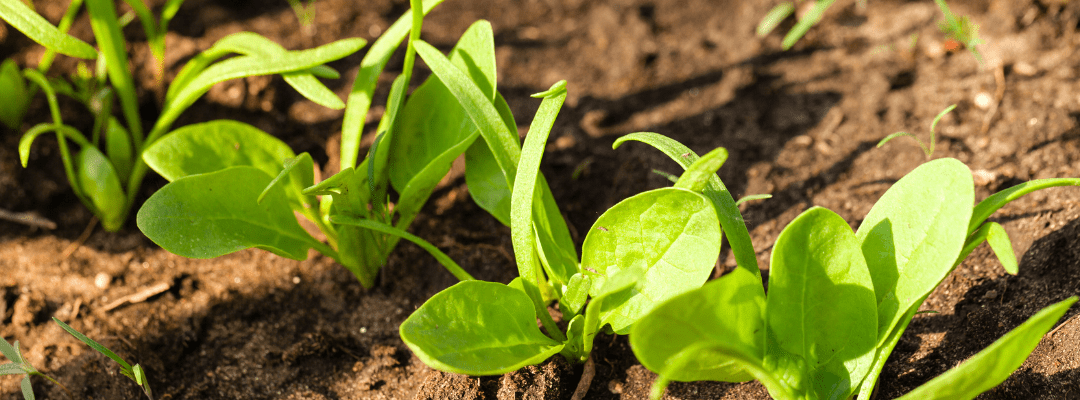Each and every year, there are different issues facing crop production that fuel innovation and decision-making throughout the season. While some of these challenges roll in from the previous year, others are new or resurface from the past.
After all, these challenges facing the industry have a direct impact on yields, costs, and resources that slows down agriculture’s trek to a more productive and sustainable future. From economic challenges to issues stemming from climate change, all are inspiring new sustainable innovations and practices that will assist in offsetting the impact of these challenges.
So, let’s dig into some of the things to keep your eye on throughout the 2023 growing season.
Weather-Related Issues Facing Crop Production: Honing in on Drought
In agriculture, we are more than aware of how detrimental the unpredictability of weather can be to having a productive season. And drought is no different. It can have a devastating impact on overall yields, especially as extremity rises. As of April 18, 183.4 million acres and 35 U.S. states are experiencing drought conditions
If you take a look at this map of the United States, you can see which areas are being impacted by droughts and just how bad it is. Kansas is seemingly facing the worst of it with the drought trickling into northern Oklahoma as well. This is especially concerning because Kansas is a top producer of wheat. And unfortunately, this isn’t the first year they are dealing with this challenge – it is actually the back-to-back years of dry weather that has caused such a sharp blow to growers and their crops.
Drought poses a variety of threats, including environmental and economic threats; but among the most challenging are financial problems by cutting productivity that results in income loss, growers are also forced to spend even more money combatting drought.
But this is where technology can have a role. As ag researchers and product developers focus on innovating to bring new products to market that can withstand dire conditions like drought, it can make it easier to persevere when Mother Nature simply isn’t on our side.
The Problem with Weeds
Weeds have always been a complex and more than common challenge in agriculture, but we’re starting to see some shifts in weed growth patterns due to the combination of climate change and growing herbicide resistance.
With increased temperatures, we often see dryer field or plot conditions. While weeds thrive in these conditions, these conditions make crops more vulnerable. And to make things even more difficult, weeds growing under drought conditions tend to build a higher tolerance to herbicides. Just when you think these might be the only drought-related challenges, some herbicides are known to have reduced effects during these climate conditions.
However, as we look to the future of weed management, technology can have a role here. From easier identification across acreage to more precise and accurate input applications, the industry is focusing on how we can accelerate our practices to combat weeds.
How Supply Chain Issues are Impacting Crop Production
Many of the key inputs that are needed in crop production are feeling the wrath of challenges stemming from supply chain issues. Shorter supplies and issues surrounding trade have made key inputs harder to come by and more expensive to purchase. This impacts inputs ranging from fertilizers and herbicides to key technologies.
Between tariffs, war, and the pandemic, markets have been disrupted – causing the unfolding of significant supply chain issues. Although supply may be dwindling, demand is doing anything but slowing down – making this a vital problem to solve.
Fertilizer remains at the center of agriculture’s supply chain concerns due to the cost and the availability of natural gas. And due to the limited supply of natural gas combined with the increase in prices, fertilizer facilities are still not operating at full capacity. With fertilizer and herbicide prices skyrocketing and supply decreasing, the industry needs to find new solutions to align with the macro challenges that continue to test grower resilience.
Solving the Issues Facing Crop Production with Technology
With concerns around climate change and food security building, nearly every industry is scrambling to find more sustainable innovations and practices – and the same goes for agriculture. While population grows and farmland availability decreases, we continue the mission to implement technologies that promote productivity and efficiency. After all, we know that despite these challenges, we need to drastically increase food productivity over the next few decades to meet the demands of our growing world.
Technology proves time and time again its value in battling each unique problem that agriculture faces. There have been a wide range of tools that have been introduced to combat the different issues facing crop production. From vertical farming to artificial intelligence (AI), agronomic leaders have showcased their dedication and efforts to providing an eco-friendlier and sustainable future.
Innovations, like seen with remote sensing pairing with machine learning to allow us to gain detailed insights into field and plot performance that assist in informing critical decisions. It can also be used to help navigate where inputs are needed and dictate just how much is needed. This helps to minimize waste and cut costs on rising prices.
Agriculture is a resilient industry and is always working to find sustainable and efficient solutions to roadblocks it faces. There is no doubt that current and new technologies will be implemented, tested, and optimized to offset the challenges facing our industry.


